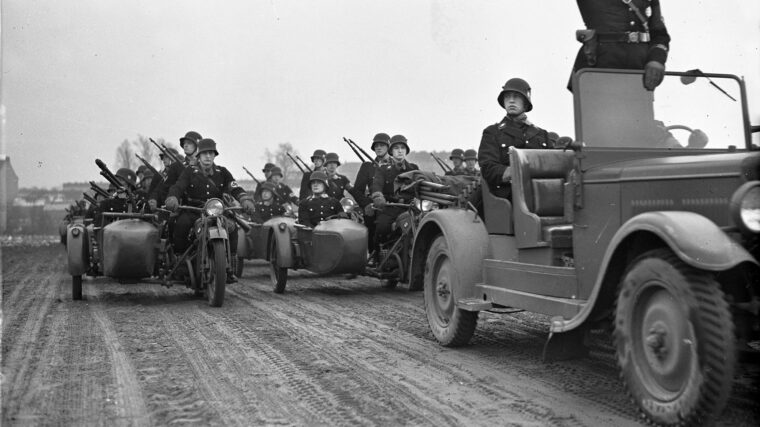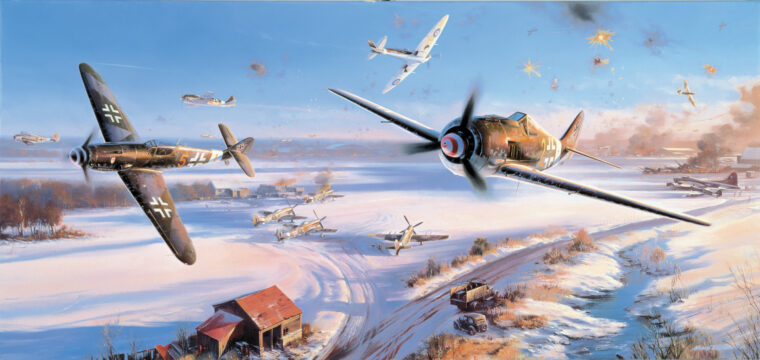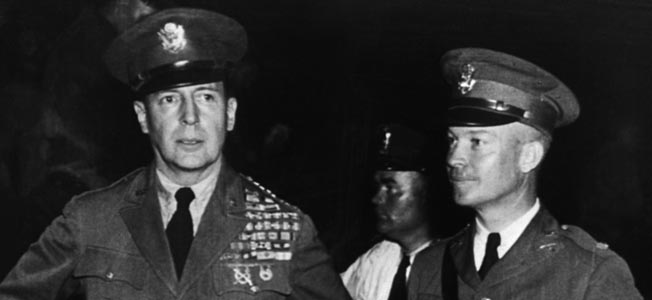
Eastern Front
Panzer Fury in Hungary
By John E. SpindlerEven in the dark days of March 1945, when the Third Reich was on the brink of collapse, its troops managed to exhibit that grim humor that enables frontline soldiers to endure the horrors of battle. Read more























